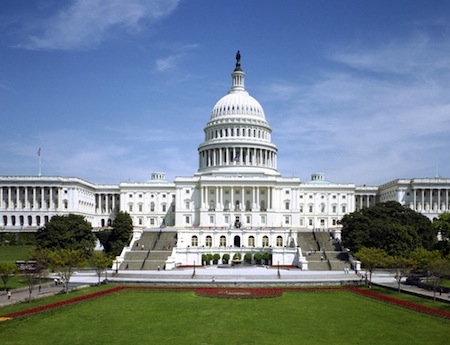Broadcasters Reduce 6 GHz Spectrum Carveout Ask
Said 55 MHz for licensed use would harmonize with UK proposal

Broadcasters said they are willing to compromise on the amount of licensed spectrum they have wanted the FCC to carve out of the 6 GHz band.
That came in a letter to the commission from the National Association of Broadcasters, which has been trying to insure that licensed mobile operations can preserve a protected space--including guard bands--as the FCC opens up the band for unlicensed use.
Broadcasters use the 6-GHz band for broadcast auxiliary services (BAS) operations such as sporting events, breaking news and special events.
NAB had sought 80 MHz (plus a 5 MHz guard band), leaving 1120 MHz for unlicensed, but now said it could live with 55 MHz. That is because UK spectrum regulator Ofcom has proposed reserving 55 MHz at the top of the band for what it calls "program making and special events."
Broadcasters are concerned about interference to their newsgathering operations if there is no reserved and protected space.
NAB said that following suit with a 55 MHz carveout--two 25 MHz channels and a guard band--in the U.S. would have the benefit of harmonizing the band's use internationally. Another benefit would be to resolve an appeals court remand of the FCC's 6 GHz order that centered on NAB's issues with protecting mobile operations. ■
The smarter way to stay on top of broadcasting and cable industry. Sign up below
Contributing editor John Eggerton has been an editor and/or writer on media regulation, legislation and policy for over four decades, including covering the FCC, FTC, Congress, the major media trade associations, and the federal courts. In addition to Multichannel News and Broadcasting + Cable, his work has appeared in Radio World, TV Technology, TV Fax, This Week in Consumer Electronics, Variety and the Encyclopedia Britannica.

